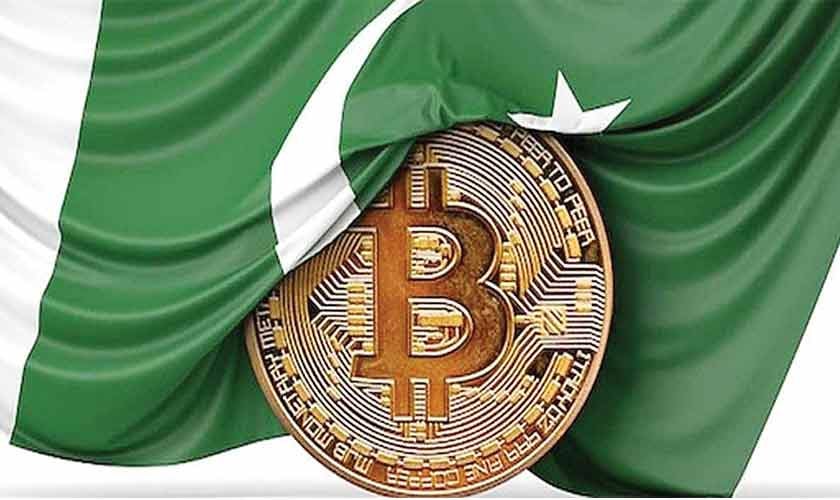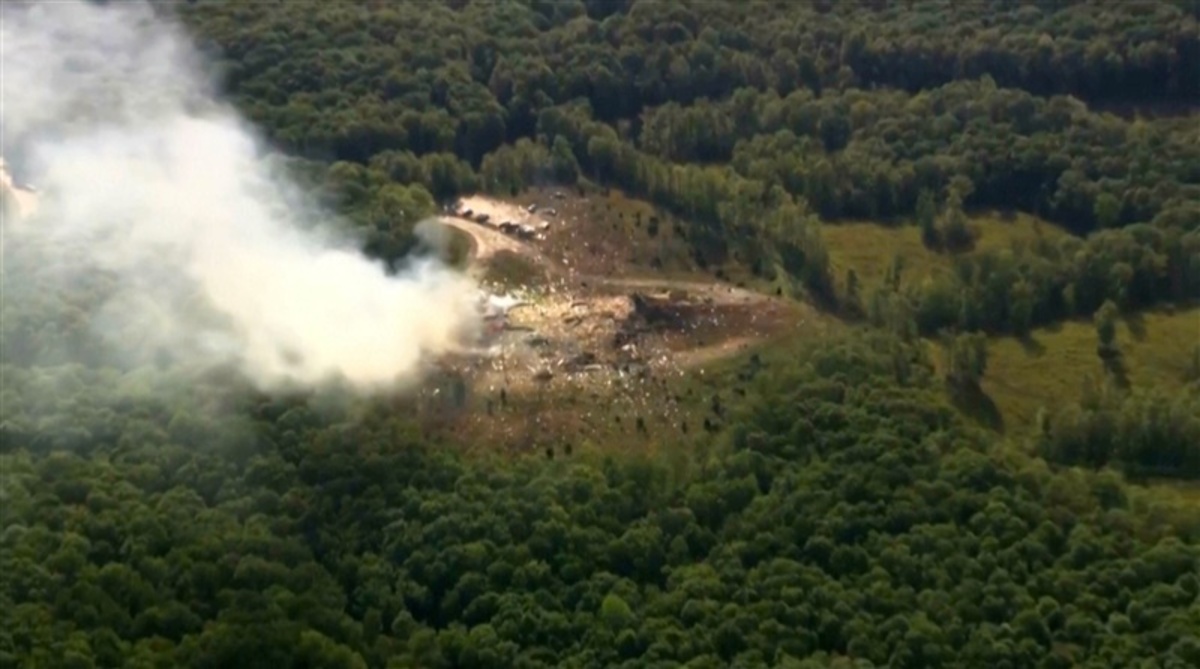Crypto was once like an unruly teenager: misunderstood, uninvited, and not allowed near the family savings. But Pakistani authorities have now decided that they cannot beat the blockchain; they might as well try to regulate it. Hence the Virtual Assets Ordinance and the proposed Virtual Assets Bill.
Pakistan has pivoted hard, mirroring what’s happening globally, especially in the EU, where the Markets in Crypto-Assets Regulation (MiCA) is now standard.
### The Wild West Days of Crypto
In the unregulated days of crypto, ICOs were the gold rush. Entrepreneurs waved shiny white papers in the air like some magic spell, promising financial freedom and decentralisation. What they delivered was often closer to a group text scam. The lack of regulation meant scammers could moonwalk around securities laws with nothing but a white paper and a dream.
That’s why some countries began taking things more seriously. MiCA was the EU’s answer to crypto: Sure, decentralise all you want, but please fill out these forms.
### Pakistan’s Regulatory Renaissance
Pakistan is now joining this regulatory renaissance—with some local flair. The 2025 Ordinance gave birth to the Pakistan Virtual Assets Regulatory Authority (PVARA) and tasked it with keeping the crypto circus from catching fire. Think of PVARA as the chaperone at the school dance, making sure nobody spikes the punch (or launders money).
Regulators are taking a hard look at what the tokens actually are, as opposed to what they say they are and what they do. MiCA has its categories—asset-referenced tokens, e-money tokens, utility tokens, security-ish ones. Pakistan is leaning into the same “don’t trust the brochure” approach.
The State Bank of Pakistan (SBP) and the Securities and Exchange Commission are now part of the Pakistan Crypto Council, which is basically a group of people debating token taxonomies.
### From Ban to Embrace
Remember when Pakistan banned crypto in 2018? The SBP has hinted that the advisory may soon be tossed into the shredder. They are now toying with the idea of linking crypto to foreign exchange law. Your Bitcoin might thus one day be officially worth something in Pakistan.
### Still Challenges to Overcome
There are still issues. For instance, white papers—the crypto version of the “trust me, bro” sales pitch—are still unregulated in Pakistan. MiCA says that if you’re going to promise the moon, your white paper better say how you plan to build the rocket. However, Pakistan has yet to introduce such regulations.
Investor protection? Maybe next.
The good news is that Anti-Money Laundering and Counter-Terrorism Financing (AML/CTF) controls are front and centre in the ordinance. This includes AMLA 2010 provisions. The PVARA gets to play financial watchdog, audit snoop, and compliance enforcer all at once. That’s good because nothing kills an empty fintech dream faster than a FATF blacklist.
### Welcoming International Players
International players are now being invited to get licenses and set up shop. However, the ordinance is temporary. So yes, Pakistan has a framework, but so far no act of parliament.
### The Centralised vs. Decentralised Dilemma
Then there’s the real philosophical dilemma: can a heavily centralised regulatory regime handle the wild world of decentralisation?
Pakistan seems to be going for a state-led innovation model. This is like trying to dance to a remix of techno and the national anthem at the same time.
National Bitcoin reserves and allocating 2,000 megawatts to blockchain/AI infrastructure are bold moves. But they also risk turning crypto into a VIP club for banks and government projects, leaving smaller, community-driven projects stuck in the parking lot arguing with the bouncer.
### What Must Be Done
To avoid that fate, the law will need to be smart and nimble. Token types should be clearly defined, disclosure standards must be firm, and investor protections real. Sandbox programmes and tiered regulations could help level the playing field.
If Pakistan pulls this off—if it can balance oversight with openness and formality with flexibility—it could emerge not just as a participant in the global digital asset race, but as an actual contender.
If it clings too hard to control or fails to pass actual legislation, it risks becoming just another cautionary tale in the crypto museum of almost-but-not-quite.
https://www.thenews.com.pk/tns/detail/1350032-the-art-of-crypto



